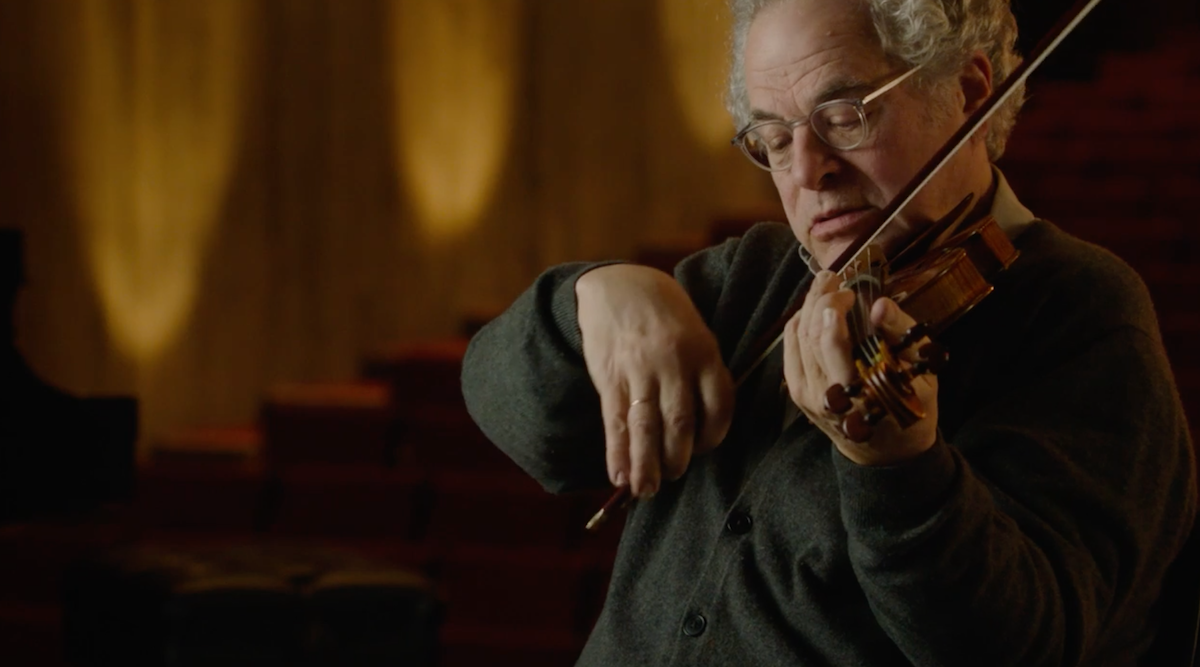Learn How to Perfect the Russian Bow Hold in Violin
Written by MasterClass
Last updated: Sep 29, 2021 • 3 min read
A violinist’s success lies in their fingers. To reach the pinnacle of the instrument, a great violinist must master many elements of physical control. The violinist’s left hand is accountable for nimbleness across the fingerboard, vibrato technique, and proper strength from the first finger all the way to the pinky. Learn more about the vibrato technique here.
The right hand is responsible for bowing (as is true for all stringed instruments). This can involve dynamic changes (like crescendo or diminuendo) or it can involve manual dexterity. A successful right-hand technique starts with holding the bow in the proper way.
Learn From the Best
What Is the Russian Bow Hold?
The Russian bow hold (also known as the Russian bow grip) is a popular method for holding a violin bow. In this method, the hand is extremely pronated, with the fingers close together and the wrist up.
Itzhak Perlman demonstrates the Russian bow grip.
2 Common Ways to Hold a Violin Bow
There are two popular ways to hold a violin bow.
- 1. Russian bow hold. In this method, the hand is extremely pronated, with the fingers close together and the wrist up. This grip was used by famous violinists such as Jascha Heifetz, Mischa Elman, and Nathan Milstein. The Russian bow grip allows for a lot of bow speed.
- 2. Franco-Belgian bow hold. In the Franco-Belgian bow grip, the middle finger is opposite the thumb. The thumb should be slightly rounded/curved. It’s important not to lock the thumb. The index and ring fingers are resting on the bow with even spaces between them, and the pinky rests on top, slightly curved. This bow grip gives you more control and allows you to use more bow pressure from the natural weight of the arm.
2 Less Common Ways to Hold a Violin Bow
A small number of contemporary violinists favor these other bow grips.
- 1. German bow hold. In this technique, the player grips the bow with the index finger resting on the bow in a manner that brings the underside of the top knuckle into contact with the bow itself. The rest of the fingers are placed close together with the middle finger directly opposite the thumb. Rarely used by today’s players, the German bow hold produces moderate tension on the bow hairs.
- 2. Galamian bow hold. This bow hold is a variation on the Franco-Belgian hold. It is named for the renowned violinist and teacher Ivan Galamian. As with other bow holds, the Galamian grip aligns the middle finger and the thumb across from each other on the bow shaft. Meanwhile, the index finger rests atop the bow. When the right hand is in motion, the bowing wrist turns outward on up bows. The wrist turns back inward on down bows. Certain players consider the Galamian grip to be moderately more comfortable than the more common Franco-Belgian hold.
What Are the Advantages of the Russian Bow Hold?
Many violinists swear by the Russian bow hold. Here are some reasons why they favor it above other grips:
- The Russian bow hold facilitates rapid up bows and down bows along the string. It is ideal for nimble passages within violin literature.
- It provides a light touch, partly due to the index finger resting on the bow at the finger's middle joint.
- It allows players to guide the bow with their index finger, offering a reliable degree of control.
- It keeps the bow hairs flat on the string, not angled as is the case with some other grips.
- It minimizes the use of the little finger. Some players don’t quite know what to do with their little finger (pinky). This finger is minimized in the Russian bow hold. In fact, it only touches the bow on down bows when playing toward the frog.
Among the famous players who have used the Russian bow hold are Jascha Heifetz and Nathan Milstein. If you look at archival photographs of these great violinists, you will quickly note the sharp angles and straight pinky fingers in their right-hand bow grips.
What Are the Disadvantages of the Russian Bow Hold?
Although the Russian grip facilitates nimbleness and speed, it does have its drawbacks when compared to the Franco-Belgian and Galamian bow holds. Specifically, it is:
- Harder to control than other bow grips
- Notably less powerful than other bow grips
Want to Become a Better Musician?
Whether you’re a beginner violin player or have dreams of playing in a symphony orchestra, becoming a professional classical musician takes patience and perseverance. No one knows this better than Itzhak Perlman, the world’s reigning virtuoso violin player. In Itzhak Perlman’s MasterClass on the violin, the beloved Juilliard instructor shares his fundamental violin techniques and practice strategies.
Want to become a better musician? The MasterClass Annual Membership provides exclusive video lessons from master musicians, including Itzhak Perlman, Herbie Hancock, Carlos Santana, Tom Morello, and more.
